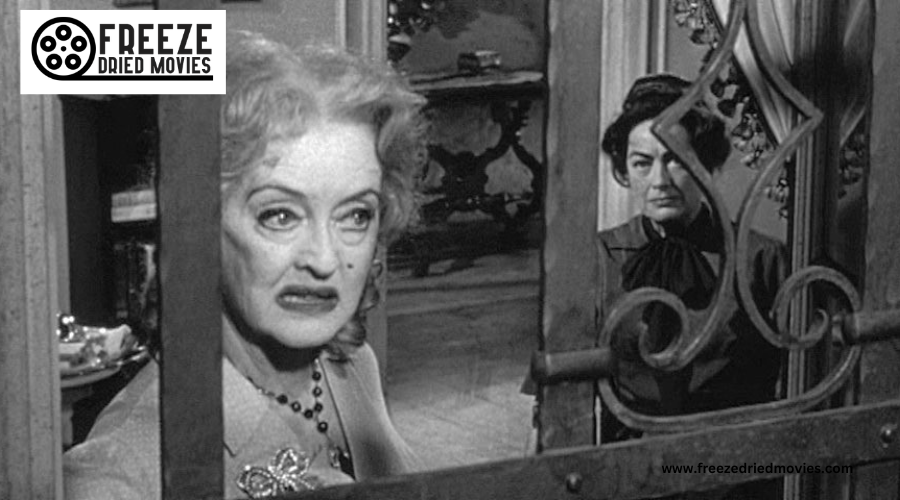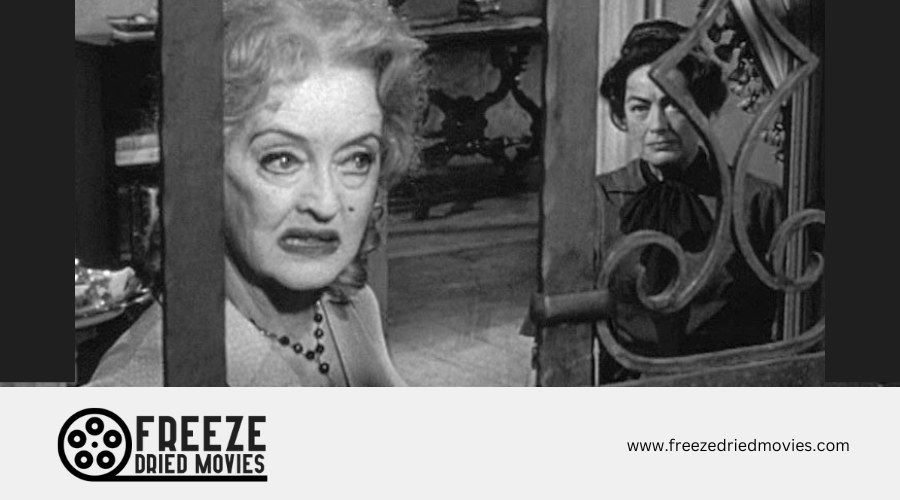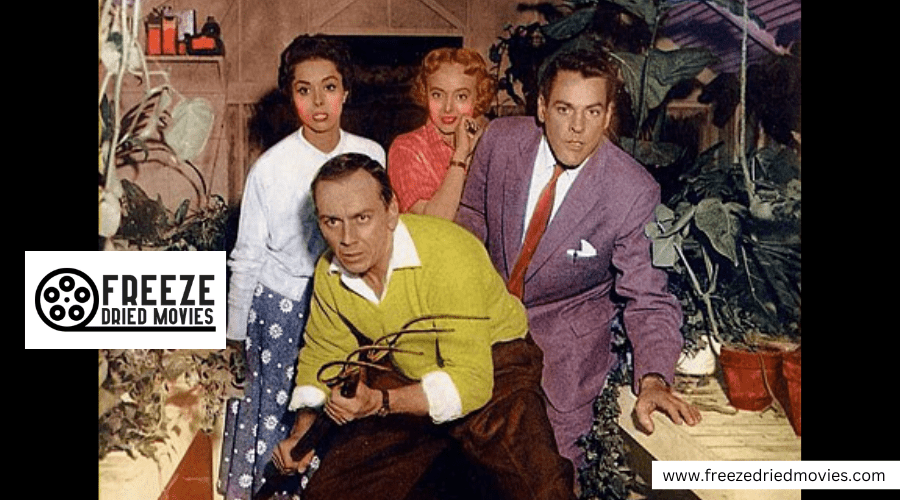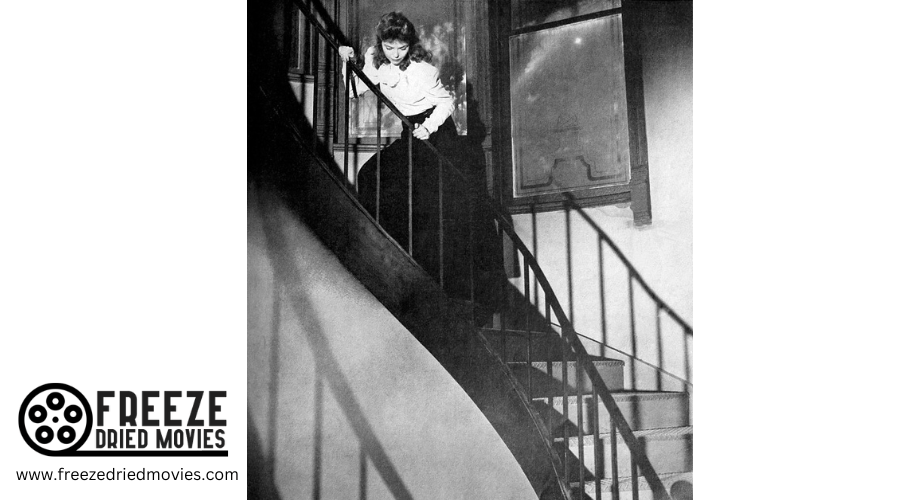Taboo and Terror: The Most Controversial Horror Films of the 1960s

Horror films of the 1960s broke every taboo in the book, driven by social upheaval and loosening censorship restrictions. You'll uncover how "Psycho" revolutionized the genre with its shocking violence and psychological complexity, while independent films like "Carnival of Souls" proved that low budgets could deliver deep terror. From "The Innocents" to "Blood Feast," these controversial films challenged mainstream sensibilities and set new standards for what audiences could handle.
The Cultural Upheaval That Shaped 1960s Horror
While social movements reshaped America during the 1960s, the horror genre underwent its own radical shift. You'll find that filmmakers channeled society's fears and anxieties into their work, reflecting concerns about nuclear destruction and the breakdown of traditional family values. The decade's social upheaval created a perfect storm for horror to evolve beyond its conventional boundaries.
As censorship restrictions loosened in 1968, you'd see more explicit depictions of violence and sexuality in horror films. Independent directors like Roger Corman and George Romero seized this opportunity to challenge mainstream sensibilities through subversive storytelling. The era's psychological complexity manifested in films that blurred the lines between horror and thriller genres, mirroring the ambiguity and uncertainty of the times. These changes would forever alter how audiences experienced horror cinema. Films like Blood Feast pioneered the splatter genre, pushing graphic content boundaries and forever changing how violence was portrayed on screen.
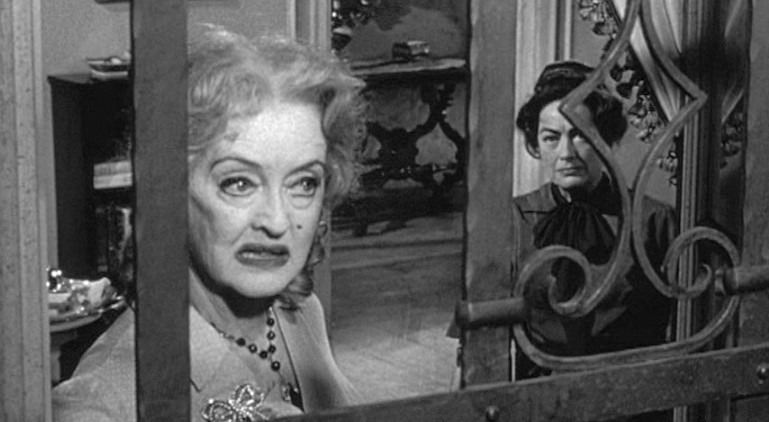
Breaking the Boundaries: When Thrillers Met Horror
The psychological complexity of 1960s horror gave birth to a new breed of films that defied traditional genre classification. You'll notice how movies like "Psycho" and "Whatever Happened to Baby Jane?" blurred the lines between thrillers and horror, creating a hybrid that challenged audiences' expectations.
As you investigate these pioneering films, you'll see how they introduced unparalleled levels of onscreen violence while delving deep into psychological horror. This fusion sparked intense debate about censorship, eventually leading to the creation of a formal rating system.
Films like "Peeping Tom" and "Cape Fear" pushed boundaries by examining the disturbed human mind rather than relying on supernatural elements. They'd forever change how you experience horror, proving that the scariest monsters weren't creatures or ghosts, but the darkness within ordinary people. The groundbreaking portrayal of Dissociative Identity Disorder in characters like Norman Bates demonstrated how psychological complexity could create more compelling villains than traditional movie monsters.

Psycho: The Film That Changed Everything
In 1960, Alfred Hitchcock's "Psycho" shattered every convention of horror filmmaking and altered audience expectations forever. You'll find its revolutionary blend of psychological terror and shocking violence established a new blueprint for horror films. When Hitchcock killed off his leading lady halfway through the film, he proved that no character was safe and no storytelling rule was sacred. Building on his technical breakthroughs in cinema, Hitchcock's mastery of suspense and psychological exploration reached new heights during this pivotal decade. Three ways "Psycho" revolutionized cinema:
- The infamous shower scene's rapid cuts and piercing score created a template for modern horror
- Norman Bates introduced the complex, psychological villain archetype that's still copied today
- The film's commercial success showed studios that darker, more transgressive content could attract audiences
This supreme work of art didn't just push boundaries - it obliterated them, ushering in a pioneering era of horror that wasn't afraid to challenge social taboos.

Gothic Nightmares: The Innocents and Supernatural Ambiguity
Following "Psycho's" pioneering success, you'll find an equally influential but more subtle revolution in horror with 1961's "The Innocents." Jack Clayton's skilled adaptation of Henry James' "The Turn of the Screw" proved that psychological terror could be just as effective when shrouded in ambiguity.
You'll be enthralled by how the film deftly weaves gothic fiction elements with supernatural ambiguity, leaving you questioning whether the ghostly appearances are real or merely hallucinations of the troubled governess. Deborah Kerr's unsettling performance draws you deeper into this uncertainty, while Clayton's atmospheric direction keeps you perpetually off-balance.
The film's lasting impact on psychological suspense stems from its refusal to provide clear answers about the supernatural events you witness. It's this deliberate ambiguity that continues to haunt audiences, making "The Innocents" a timeless classic of horror cinema.

The Rise of Independent Horror: Carnival of Souls
While "The Innocents" investigated supernatural ambiguity within a studio system, 1962's "Carnival of Souls" pushed horror's boundaries through independent filmmaking. Before Herschell Gordon Lewis shocked audiences with gore or Romero's Living Dead revolutionized the horror genre, this haunting tale proved that low-budget films could deliver deep psychological terror.
You'll find yourself mesmerized by Candace Hilligoss's portrayal of isolation and trauma, beginning with a cautionary drag race sequence and ending in a muddy, unsettling resolution.
Three reasons why "Carnival of Souls" remains influential:
- It demonstrated how independent films could challenge mainstream horror conventions
- It proved psychological horror could be achieved without large budgets
- It established a template for atmospheric storytelling that countless films would later follow
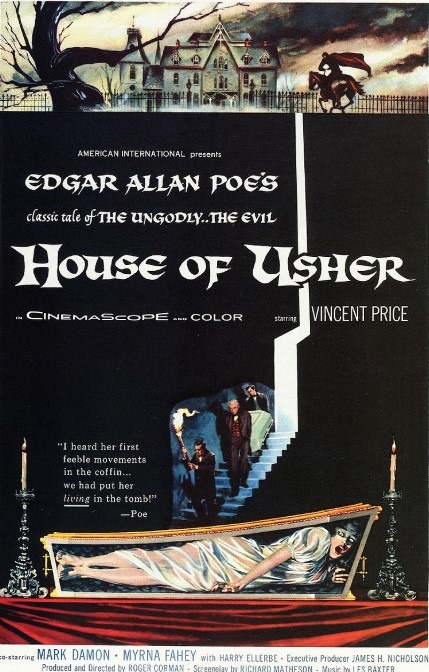
Roger Corman's Empire of Low-Budget Terror
Known as "The King of B-Movies," Roger Corman reshaped the terrain of 1960s horror by proving that limitations could breed innovation. You'll find his fingerprints all over classics like "The Little Shop of Horrors" and "House of Usher," where he turned budget constraints into creative opportunities.
While other studios poured money into lavish special effects, Corman's genius lay in recognizing horror movies didn't need expensive tricks to enthrall audiences. He skillfully combined horror, sex, and humor, particularly in his Poe adaptations, which AIP initially resisted.
Films like "The Wasp Woman" showcased his ability to compete with bigger productions like "The Fly" at a fraction of the cost. Despite their low-budget origins, Corman's films captured the social upheaval of the 1960s, proving that meaningful commentary didn't require deep pockets.
Hammer Horror's Bold New Vision
As Britain's cultural revolution gained momentum in the 1960s, Hammer Horror emerged as a game-changing force that would forever alter the terrain of horror cinema. Unlike the tame universal horror films of previous decades, Hammer boldly defied the production code with their graphic violence and eroticism. You'll find their X-rated features set new standards for adult-oriented horror, pushing boundaries that previous filmmakers wouldn't dare cross.
- They adopted controversial topics when other studios played it safe.
- They introduced unparalleled levels of gore and sensuality to mainstream horror.
- They established a distinctive gothic aesthetic that influenced generations of filmmakers.
Their melodramatic storytelling and daring approach perfectly captured the rebellious spirit of the 1960s, proving that horror could be both sophisticated and provocative.
Blood and Exploitation: The Gore Revolution
The shocking debut of "Blood Feast" in 1963 marked a watershed moment in horror cinema history. You'd never seen anything like Herschell Gordon Lewis's novel film, which introduced unparalleled levels of graphic violence to mainstream audiences. This bold move launched the gore revolution, forever changing how horror movies approached on-screen brutality.
Lewis's Blood Trilogy, including "Two Thousand Maniacs!" and "Color Me Blood Red," continued to push boundaries, featuring explicit scenes of dismemberment and bloodshed that both thrilled and horrified viewers. While critics and censors condemned these exploitation films, they'd struck a nerve with audiences hungry for more extreme content.
The success of these controversial productions didn't just challenge social taboos - it laid the groundwork for the even more violent slasher films that would dominate horror in the 1970s.

Social Commentary Through Horror: Night of the Living Dead
While gore films shocked audiences with explicit violence, George Romero's "Night of the Living Dead" (1968) rattled society's conscience through its revolutionary social commentary. Unlike traditional haunted house films or Jack Pierce's classic monster makeup, Romero's zombies served as powerful metaphors for America's social upheaval.
You'll find the film's Black protagonist, Ben, defying racial stereotypes of the era, while his tragic end at the hands of a white posse delivers a gut-wrenching statement about institutional racism.
Three layers of social commentary in Night of The Living:
- The dehumanization of minorities through systemic violence
- Society's inability to unite against common threats
- The collapse of traditional American values during times of crisis
The film's unflinching approach to racial tensions would forever change horror's role in addressing societal issues.
Satanic Panic: The Impact of Rosemary's Baby
Moving from racial tensions to supernatural fears, Roman Polanski's "Rosemary's Baby" unleashed a new kind of horror that preyed on America's growing obsession with the occult.
The film's sinister portrayal of a secret Satanic cult manipulating and violating an innocent woman struck a deep chord with audiences, tapping into their darkest fears about hidden evil in society. The violation of bodily autonomy portrayed in the story resonated particularly with viewers, as Rosemary found herself powerless against dark forces controlling her fate.
The film's impact extended far beyond entertainment, helping spark the infamous Satanic Panic of the 1970s and 1980s. During this period, widespread paranoia about devil worship and ritual abuse gripped communities across America, proving that Polanski's psychological thriller had touched a raw nerve in the collective consciousness.

